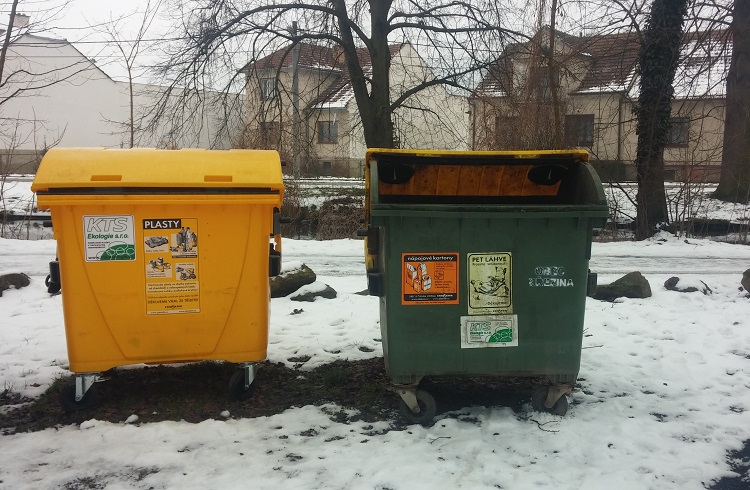In recent years, micro and nanoplastics have become an increasing cause for environmental concern. According to UN data, there are over 50 trillion microplastic particles in the seas alone, which is 500 times more than the number of stars in our galaxy. While microplastics are mapped in detail in the waters, more precise data is lacking in other areas. A new technique under development by scientists from the Mendel University Faculty of Agriculture (AF MENDELU), in cooperation with colleagues from the Czech Academy of Sciences, should enable researchers to describe how plastic particles spread in agriculture.
A study by the World Wide Fund for Nature found that the average person ingests about five grams of microplastics per week, corresponding to the amount of plastic in one credit card.
“Scientists all over the world are wondering what this amount of plastic does to the body,” said Pavel Horký from the Institute of Animal Nutrition and Fodder Farming at AF MENDELU. “We know from previous research that most microplastics are eliminated. Big question marks, however, remain with nanoplastics, which can get into the blood and have also been discovered in breast milk and in the brain.” Horký and his colleagues have been conducting research since last year focused on monitoring the circulation of microplastics in agricultural production.
Their goal is to develop a detection platform to analyse the occurrence of micro and nanoplastics in the food pyramid – i.e. in the soil, in crops grown in the field, in the meat and organs of farm animals, and in the future also in the human body. “Colleagues from the Institute of Instrumentation at the Czech Academy of Sciences are currently working on the development of a microfluidic chip. We use the Raman spectroscopy method with optical tweezers, which enables both the capture and analysis of microplastics,” explained Horký.
The project started last spring, and experts are currently analysing the first samples. Their research is divided into several parts. “The uniqueness of our project lies primarily in its complexity,” said Horký. “We are focusing on plant and animal production, but also on agricultural land.”
This year, scientists will feed microplastics to poultry under experimental conditions, and observe how the particles are transported within the individual organs, body parts, muscles and blood of the animals. “In our country, a lot of experiments are done on laboratory rats or mice, but no attention is paid to larger animals. That’s why we want to move towards livestock, because from our point of view there is a lot of potential to be unique,” continued Horký.
In addition to experiments with animals, the researchers also have a container experiment in greenhouses. The scientists will apply microplastics to the soil, where they will then plant the most commonly grown crops, such as corn or wheat. Here too, they will monitor how plastics get from the soil to different parts of the plants.
One of the goals of the project is to map the occurrence of microplastics in agricultural land near municipal waste dumps. Scientists should have the results from this part of the research later this year. Cooperation with practice is key to the project. “In the last phase of the research, we will monitor micro and nanoplastics directly on selected farms in the Czech Republic. We want to focus on the region of South Moravia and Vysocina,” said Horký.
Experts want to make the resulting analytical tool available commercially. “Just as we currently control the content of mycotoxins or antibiotics, perhaps in the future we will also monitor the presence of microplastics – for example, as part of organic farming,” explained Horký. “However, there are also uses outside of agriculture. The method could also find application in state administration. Of course, we are also thinking about the use in the human field with human tissue.”
Microplastics enter nature in two ways. So-called primary microplastics are found in the environment in the form of small particles. More than a third of these particles come from washing synthetic clothing, another almost 30% are formed when tires run flat. Secondary microplastics are created by the breakdown of larger pieces of plastic, such as bags or bottles.
The project of scientists from MENDELU and the Czech Academy of Sciences will last until 2025. It is receiving funding from the Czech Technology Agency as part of the Environment for Life program.







